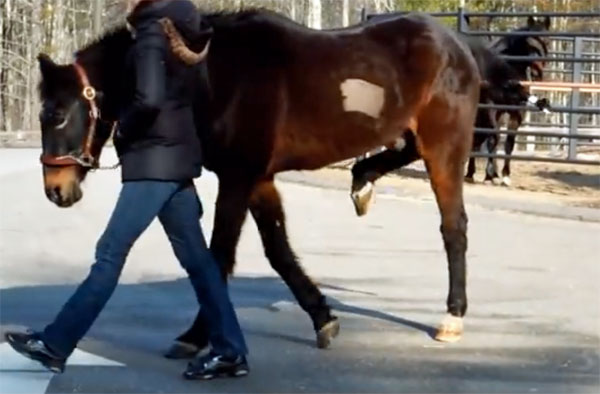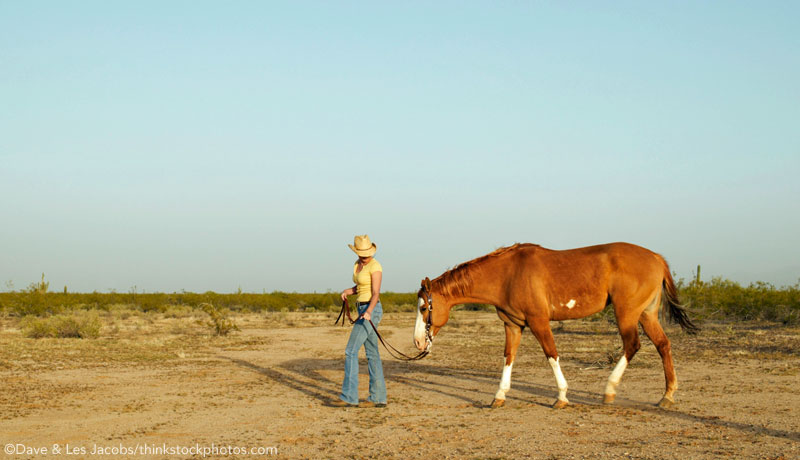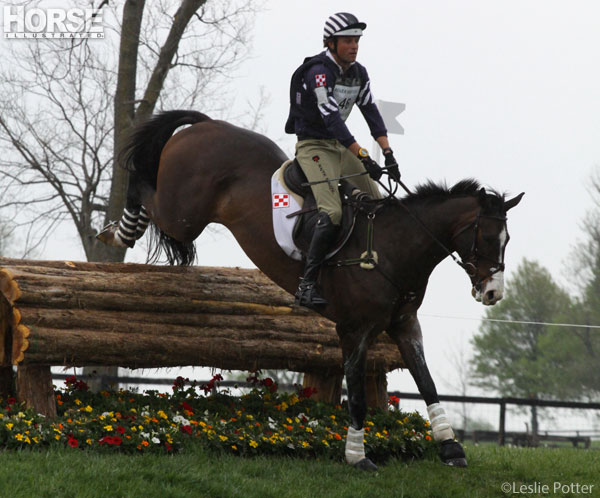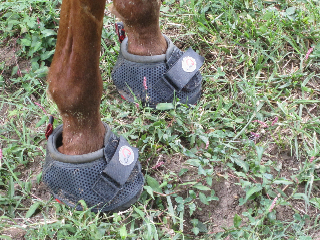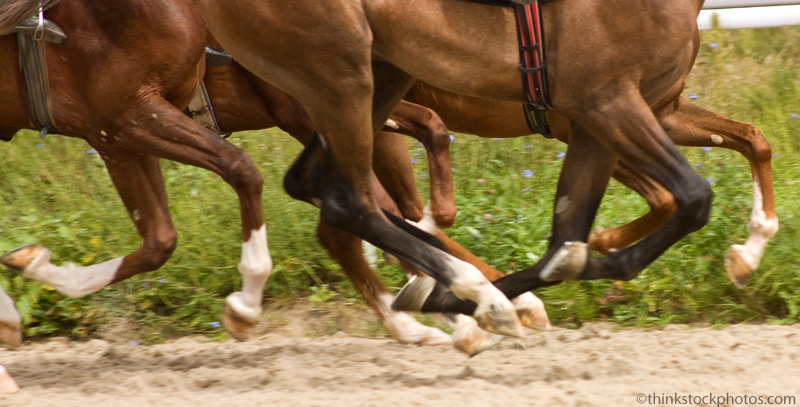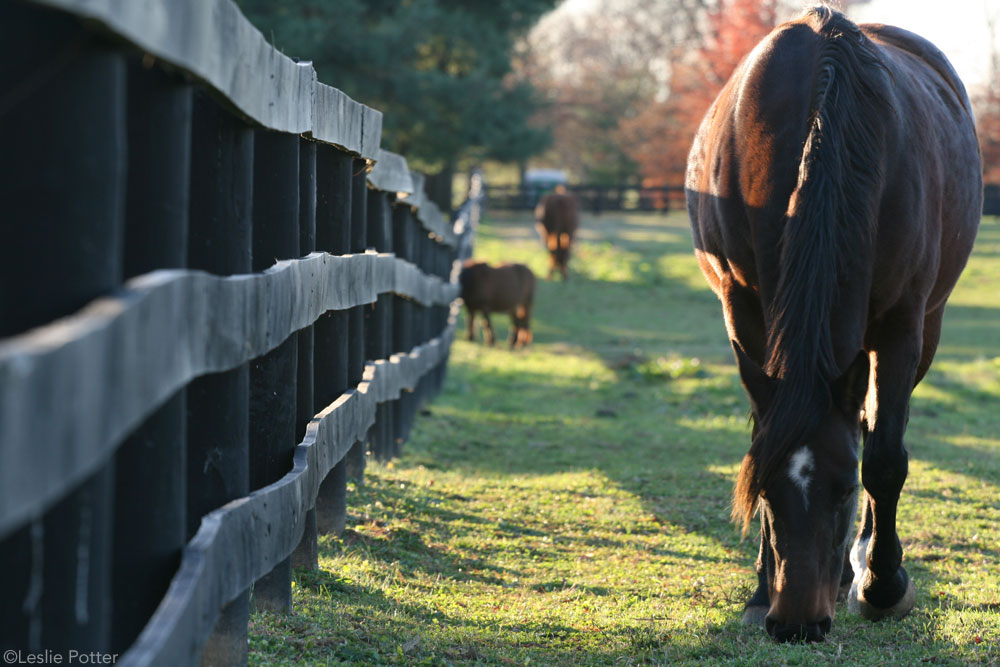Learn how to deal with injuries, wound care, and lameness for your horse, including first aid for your horse with articles from Horse Illustrated magazine. Articles cover emergency response, creating a first aid kit, how to bandage an injury or take care of a wound, joint supplements, and more. Clinical signs, diagnosis, treatment, and recovery are covered.Lameness issues include joint issues and arthritis, laminitis, catastrophic wounds, fractures and other leg injuries, tendon and ligament issues, navicular disease, ringbone, stringhalt, abscesses, nerve issues, bone cysts, etc.When it comes to equine ownership and care, at some point riders deal with an injured horse. Knowing what to do to prevent emergencies, horse first aid and what to do during an emergency, and how to care for the horse afterward are critical for horse owners.

